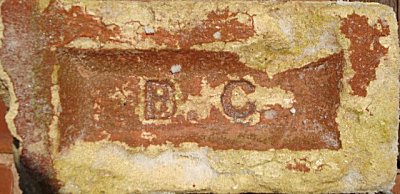

Found in Suffolk by Simon Patterson.
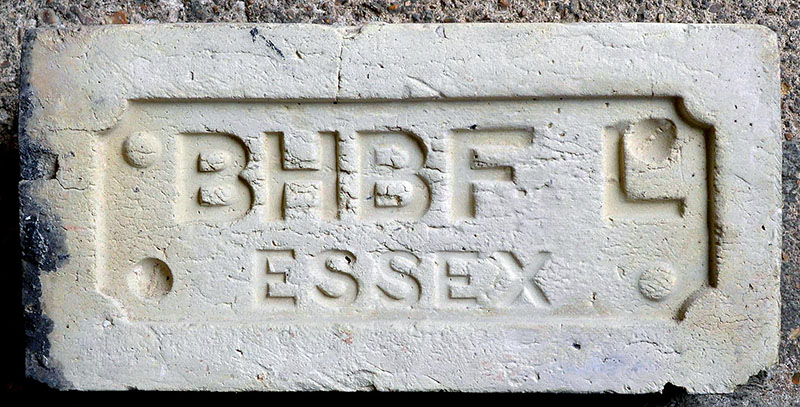
Photo by Frank Lawson.
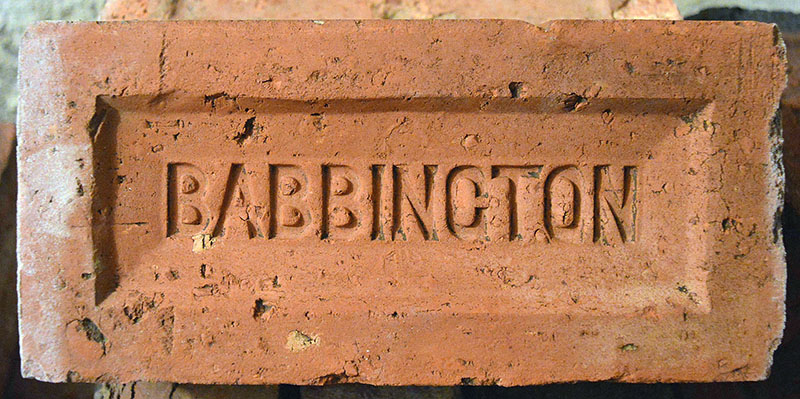
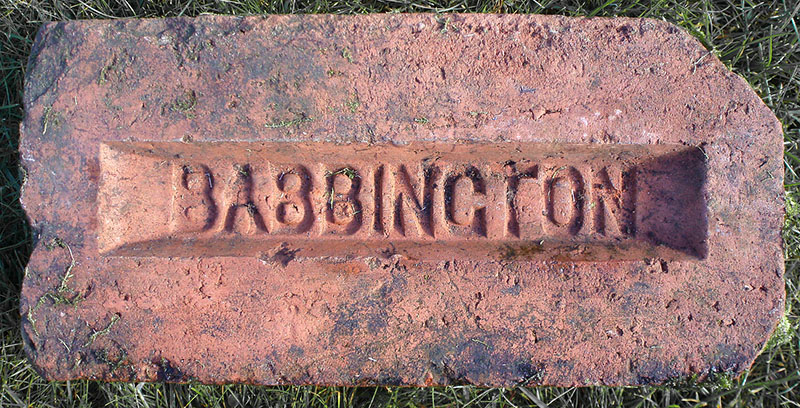
Babbington Coal Company, Cinderhill Road, Cinderhill, Nottingham. Kelly's Nottinghamshire Directory 1904 - 1936. Babbington Colliery, also known as Cinderhill Colliery, was a coal mine in Cinderhill, Nottinghamshire. The mine opened in 1841, and was the first large-scale coal mine in the county. The Babbington Coal Company was founded in 1839 to work shallow mines near Babbington, a hamlet some 2.5 miles (4.0 km) to the west of the later colliery. Babbington Colliery had a long life, and did not close until 1986. Colliery history here. Photos & info by Frank Lawson.
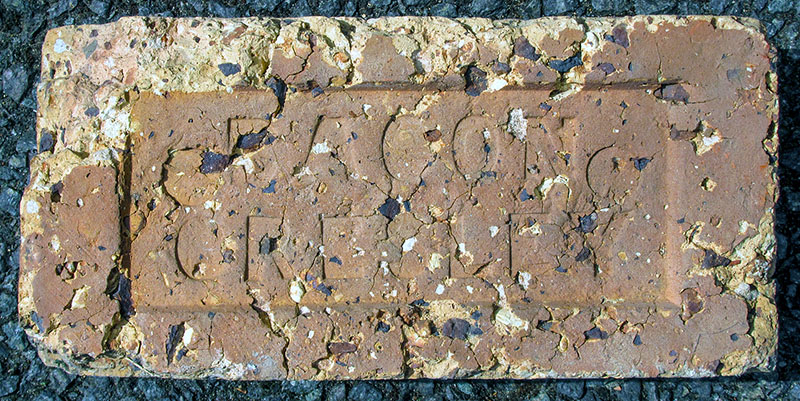
The first references found to James Bacon brickmaking in Church Gresley appear in several 1873 newspaper articles relating to him applying for new patents in the improvements to kilns & drying sheds or apparatus that he had made. Not found any trade directory listings for James Bacon. The London Gazette dated 27th of April 1875 records James Bacon, a contractor & brick, tile & pipe manufacturer of the Albert Works, Ashby Wolds had filed for Liquidation. Photo & Info by Martyn Fretwell.
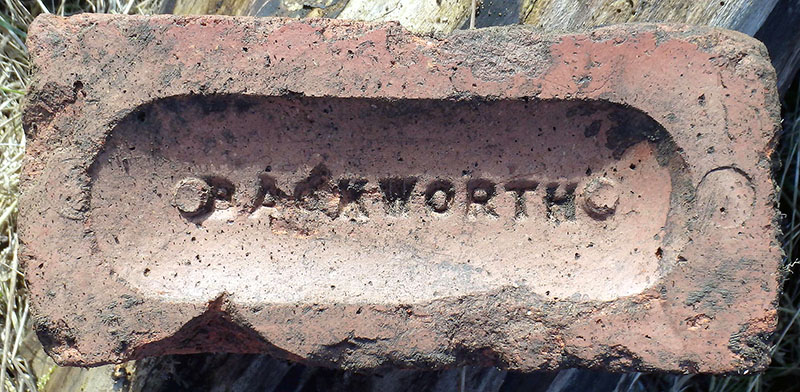
Some info by Arthur Brickman: The actual Backworth Brickworks was established in 1937 adjacent to the Blue Bell Pit in Shiremoor, its products originally being marked as such, but once it was realised that the 'Blue Bell' name had already in used by a Scottish manufacturer, the 'Backworth' name was adopted, the site being part of the Backworth Collieries 'F' Pit, which when nationalised became 'N.C.B Backworth', finally closing in 1965.
A brickworks was established beside the Blue Bell mine in 1937 by Backworth Collieries. It comprised a 16-chamber Hoffman kiln with a 124 feet high chimney. Shale from Holywell was used, producing a red-coloured brick. A Bradley and Craven machine press made mostly common bricks, firstly marked BLUE BELL but later stamped BACKWORTH, to avoid confusion with another firm using the same name. Production in the 1950s averaged 120,000 bricks per week. The works closed in 1965. Source: P J Davison - "Brickworks of the North East"
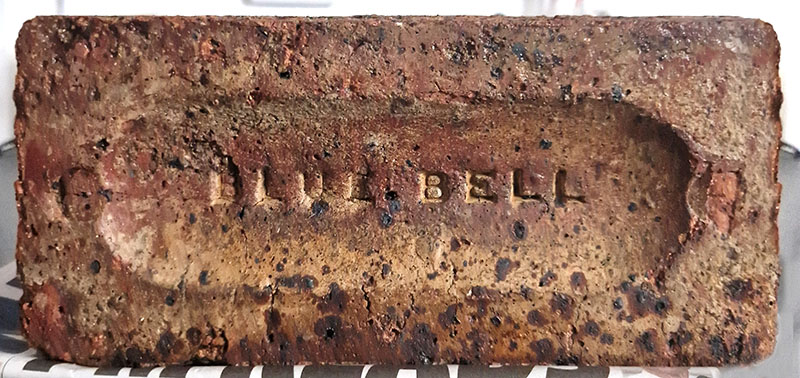
Photo by Liz Robinson.
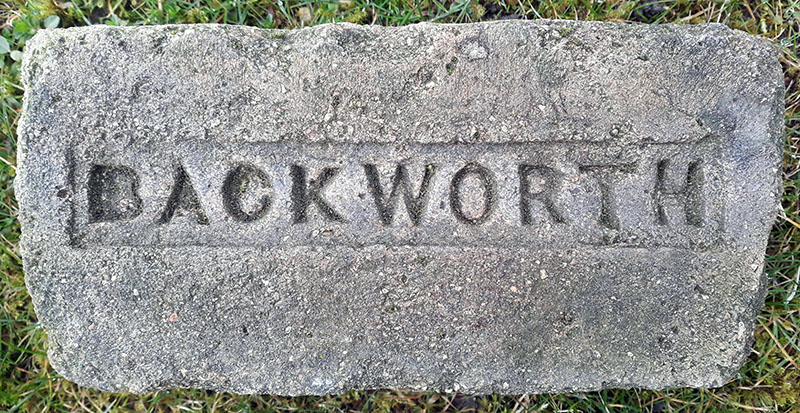
Backworth Colliery Co., Backworth, Northumberland. Photo by Mark Cranston.
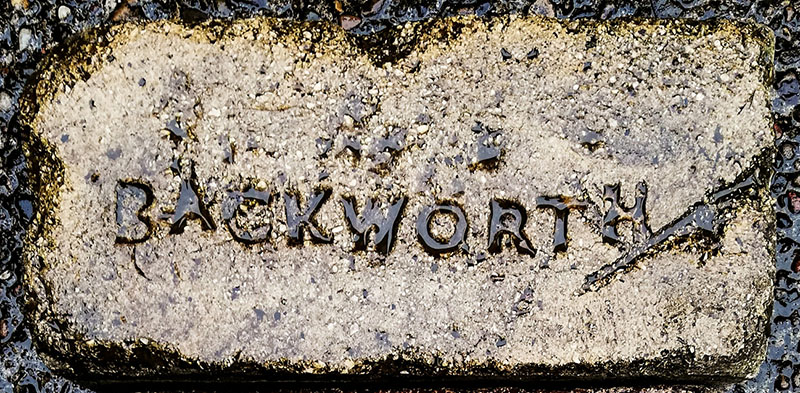
Photo by Chris Tilney.
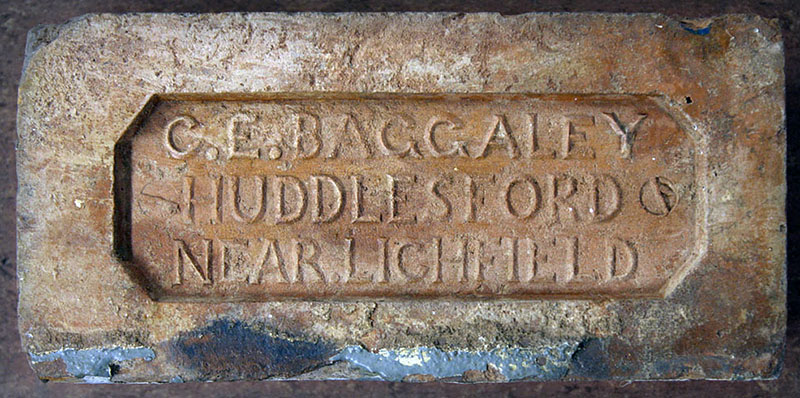
Charles Edward Baggaley is listed as a brickmaker in the trade directory for 1876 but not 1872 or 1880. The most likely location for the works is the Griffinfield Brick Yard by Cheadle's Bridge on Coventry Canal. This appears on the 1884 OS map and had three rectangular kilns. Photo and information by David Kitching.
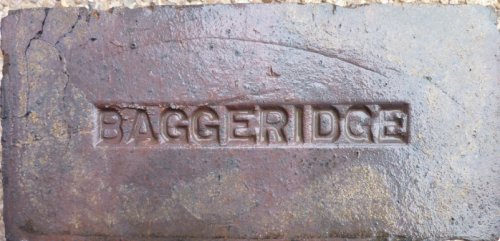
Martyn Fretwell writes: Sedgley, Dudley, 1944 to present. I think it's not modern, as it was found with other old bricks, possibly from the 60's. Found in a garden in Hucknall.
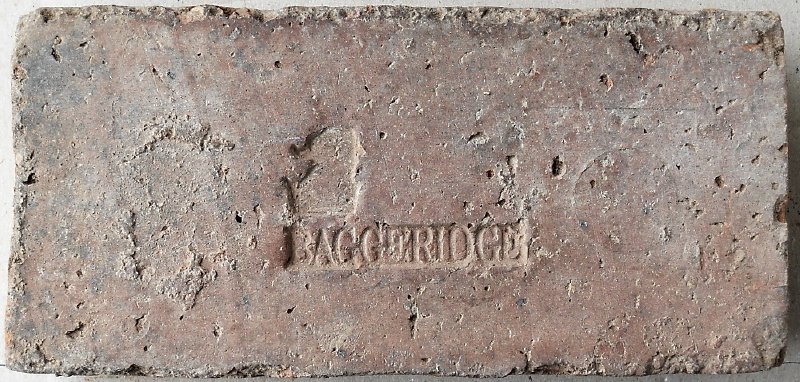
Photo by Ray Martin
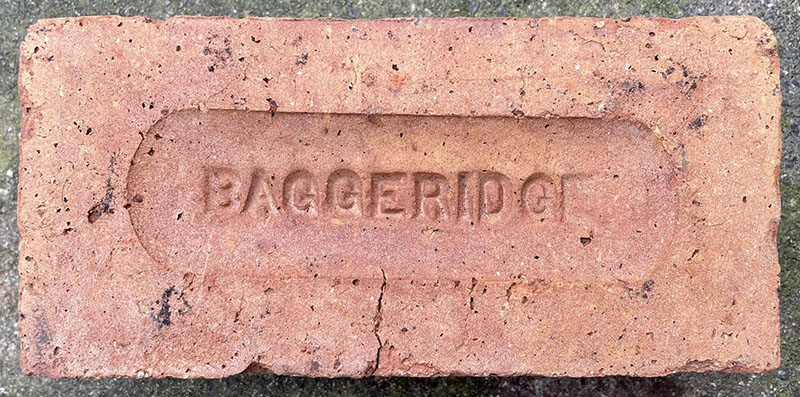
Photo by Phil Burgoyne.
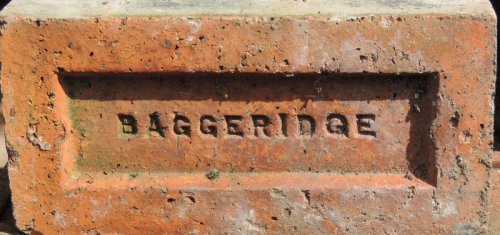
Photo by Colin Wooldridge from the John Cooksey Collection.
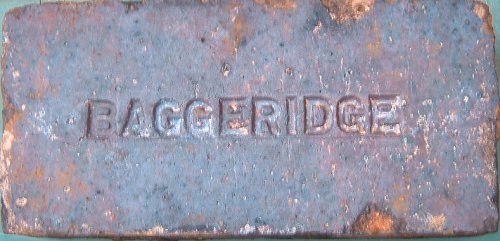
This brick came from an old occupational bridge over the Blisworth
to Northampton railway ( now derelict), found by Nigel Furniss..
This bridge served as a footpath from Furnace cottages to a
tramway on the other side of the railway, canal and river Nene,
where ironstone was mined. The railway was part of the Northampton
to Peterborough line, built in 1845. This brick is from the bridge
parapet so it must have been rebuilt at some stage in it's life.
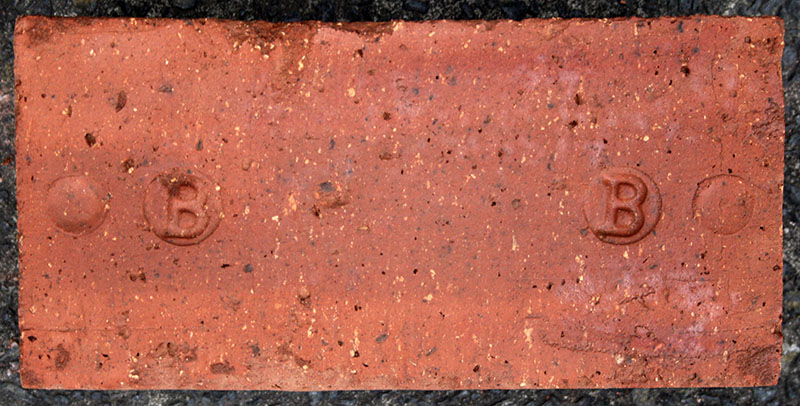
A modern Baggeridge brick. Photo by Colin Morris.
Nigel Furniss adds: The brickworks at Sedgley were once part of
The Earl of Dudley's Baggeridge colliery, producing bricks as a
by-product of the mine from 1936. The bricks were made from
colliery shale and local Etruria Marl clay from a nearby quarry,
and was so successful that it was made a separate company in 1944.
The company concentrated on producing bricks for the rebuilding
program after the 2nd World War. The company was taken over
by Austrian firm Weinerberger in 2008, but by 2011 the works was derelict and has now been replaced by housing.
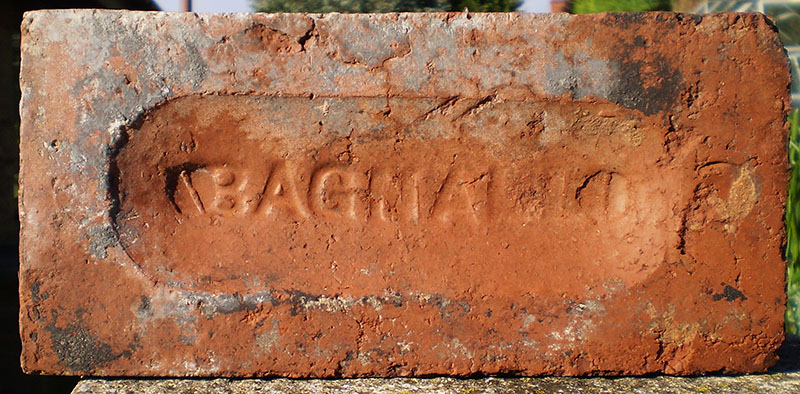
Found at Walton near Wakefield and made by G & H Bagnall, Greenhill Road, Wakefield. List in Kelly 1912, info by PRBCO, image by Richard Bagnall. More information about the Bagnall family and brickworks can be found here.
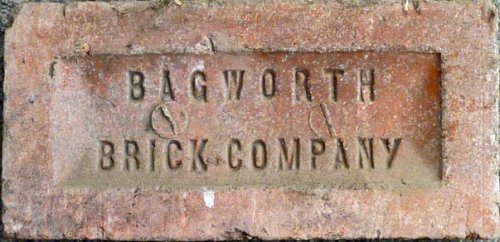
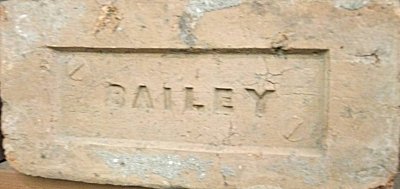
Photo supplied by A.K.A. Demik.
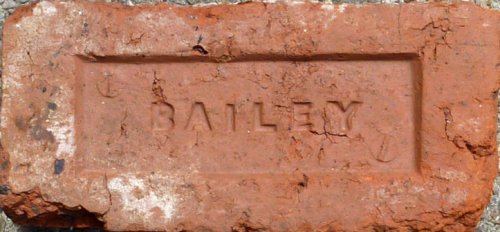
.jpg)
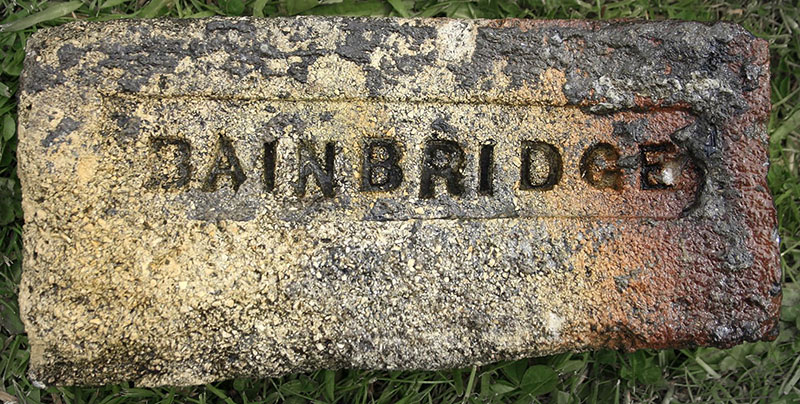
Muschamp Bainbridge was an owner of South Medomsley Colliery in the 1860's. Found by Chris Tilney a few miles south of Durham.
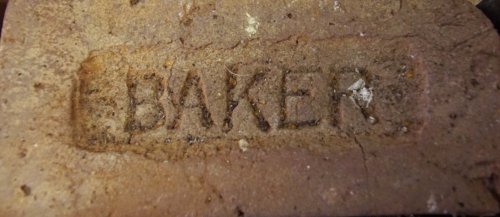
Photo by Richard Symonds, taken at Amberley Chalkpits Museum.
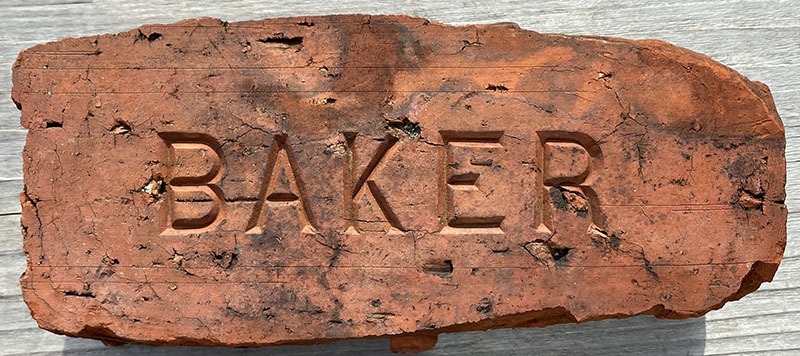
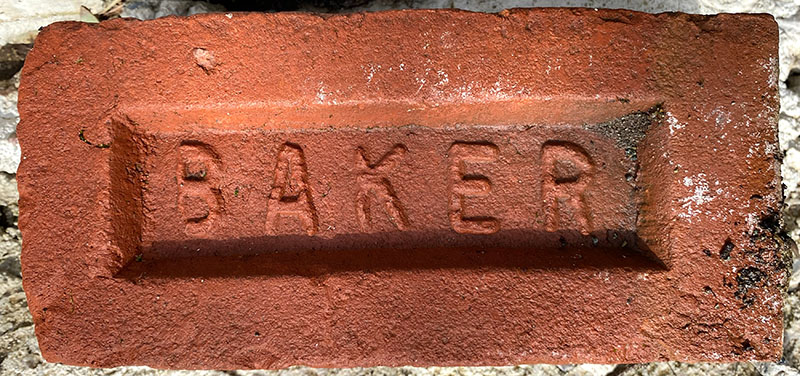
Photos by Dave Preston.
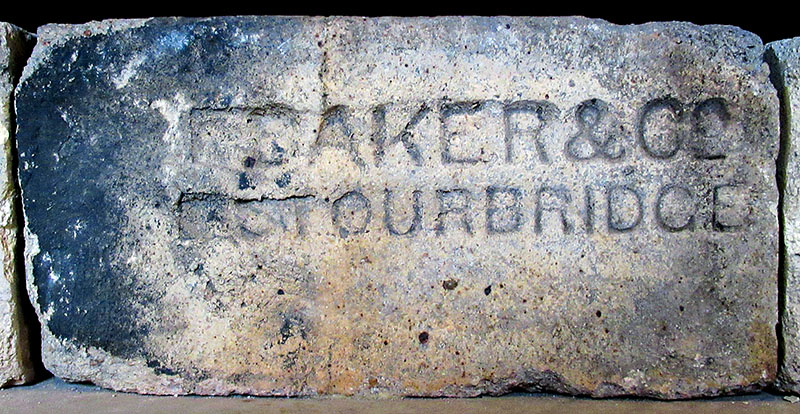
Emmanuel Baker & Co. Stourbridge is listed in Jones’ 1865 edition & a 1865 newspaper article records he was employing 120 persons. Established in 1853 his Fire Clay Works was on Moor Lane, Brierley Hill, Stourbridge. Another newspaper article regarding an accident at the works is dated September 1867. Found no more info after this date. Photo & Info by Martyn Fretwell.
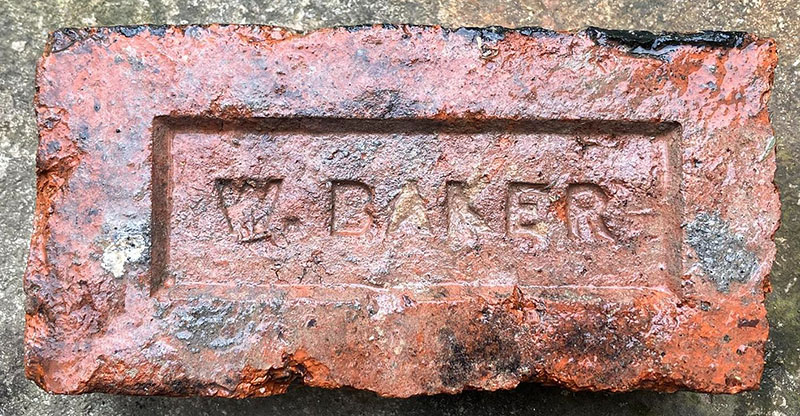
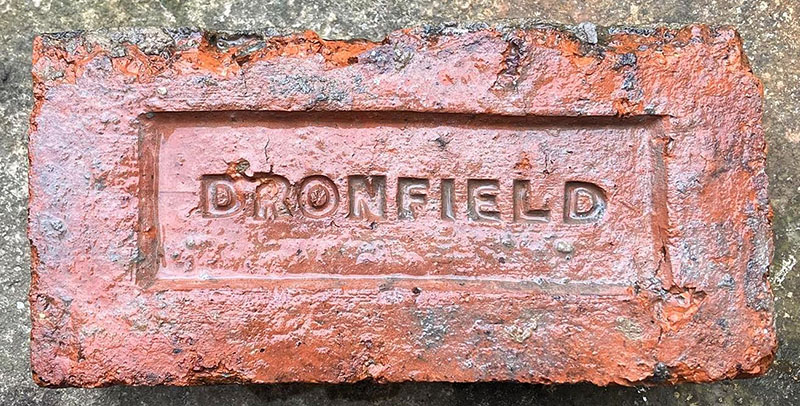
William Baker was the landlord of the Swan Inn at Dronfield in 1871. He leased the brickworks in March 1877 and died in early 1878. PHoto and info by John Telford.
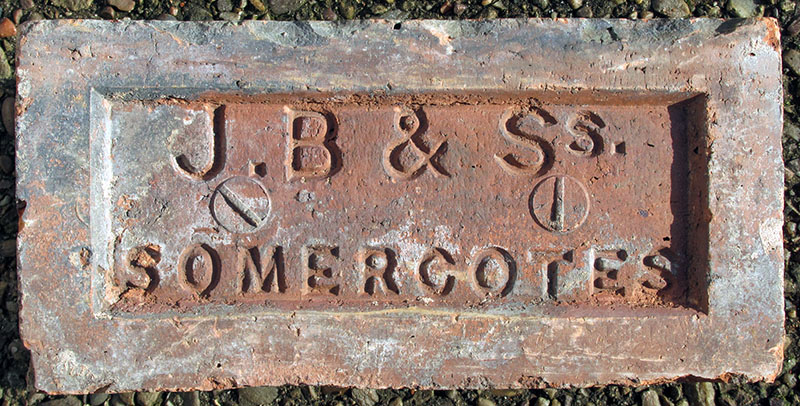
John Bakewell is first listed at Birchwood, Somercotes, Derbys in White’s 1857 edition. John is
next listed in Kelly’s 1864 edition at Somercotes. Kelly’s 1876 edition then lists John as John
Bakewell senior & he continues to be listed at Somercotes up to Kelly's 1904 & 1908 editions when
the entry is John Bakewell & Sons same as this brick. Kelly’s 1912 to 1925 editions now record the
Bakewell Brothers, so I am taking it John’s two sons were now running the brickworks. Photo & Info
by Martyn Fretwell.
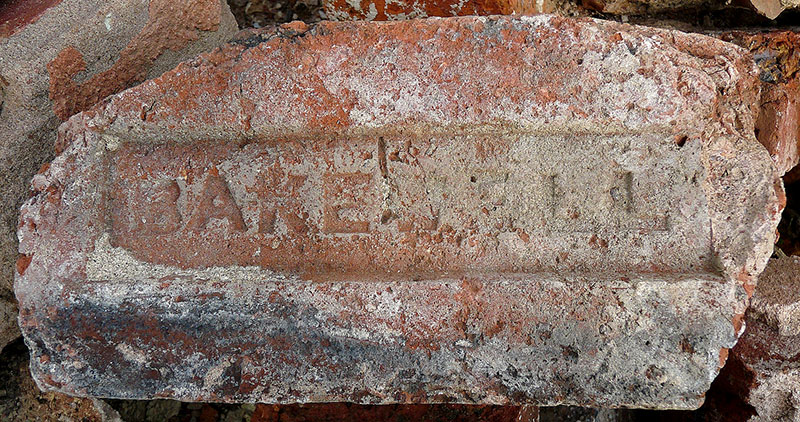
Photo by Darren Haywood
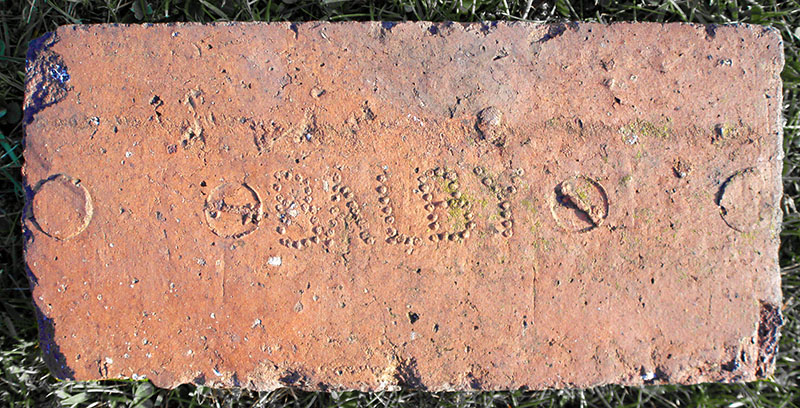
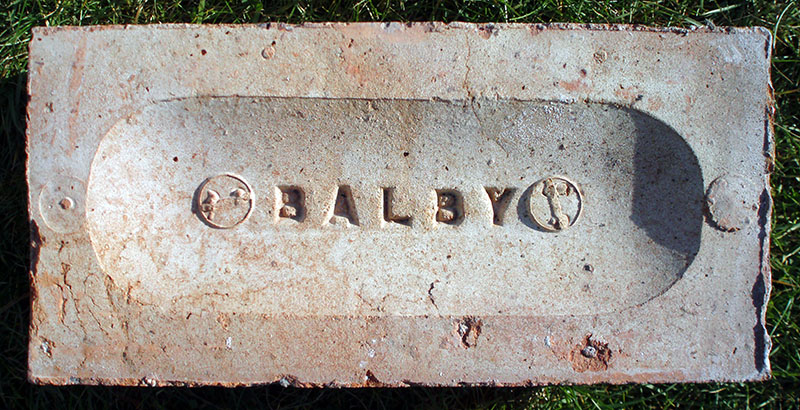
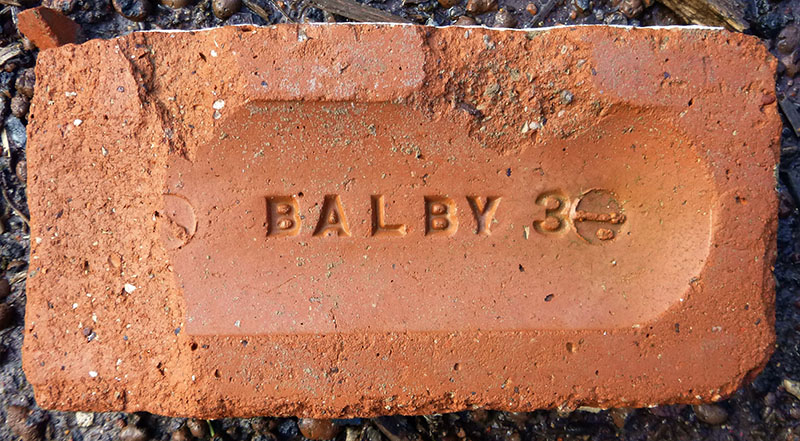
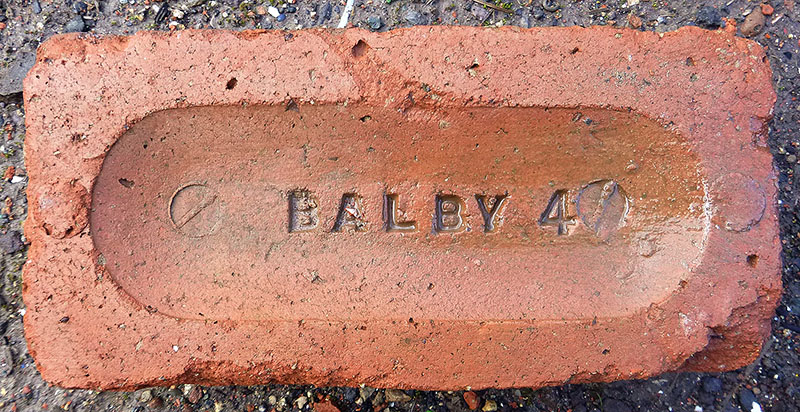
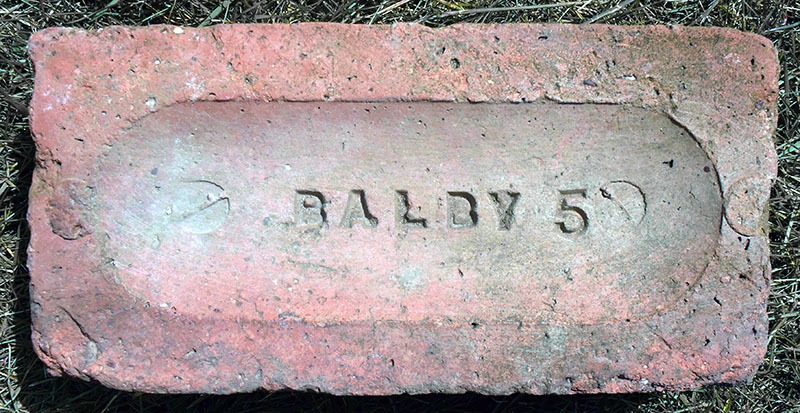
Balby Brickworks, Tickhill Road, Balby, Doncaster. Balby brickworks has had several owners of which one was Cockings (also of Misterton, Notts). Cockings became part of the Yorkshire Amalgamated Brick Company who closed the works in the late 1960's. Photos by courtesy of the Frank Lawson collection.
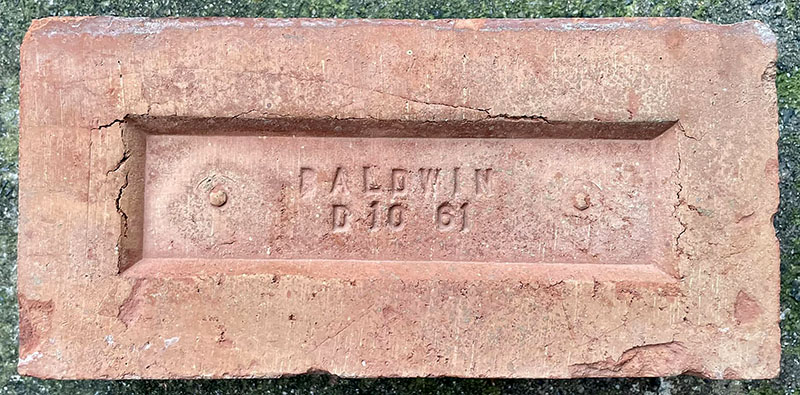
Photo by Phil Burgoyne.
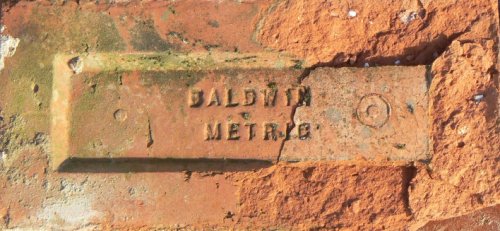
Made at the H. J. Baldwin Brickworks in Bunny, Nottinghamshire, thanks to Alan Murray-Rust for the photo and Geoff Hollis for the information.
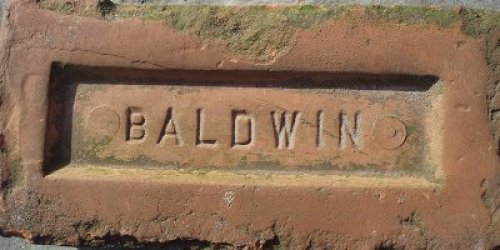
Photo by courtesy of the Frank Lawson collection.
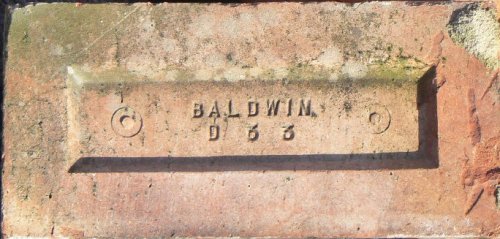
Thanks to Alan Murray-Rust for the photo.
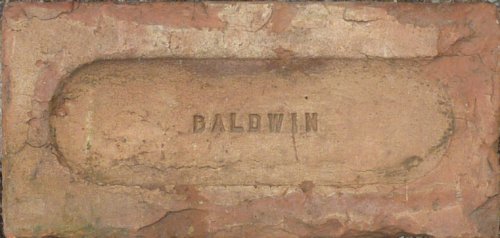
Found in Mansfield by Martyn Fretwell.
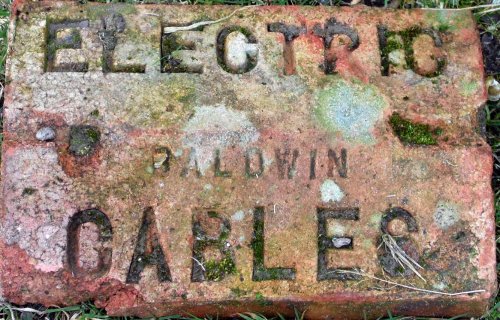
This cable cover was found in the Ardeer/ICI Bogside
site in Irvine, North Ayrshire by D Babbington
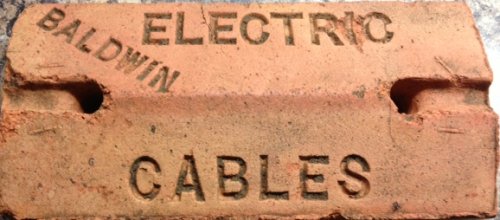
Found by Andy Keasley whilst renovating a 1930s house in
Staffordshire.
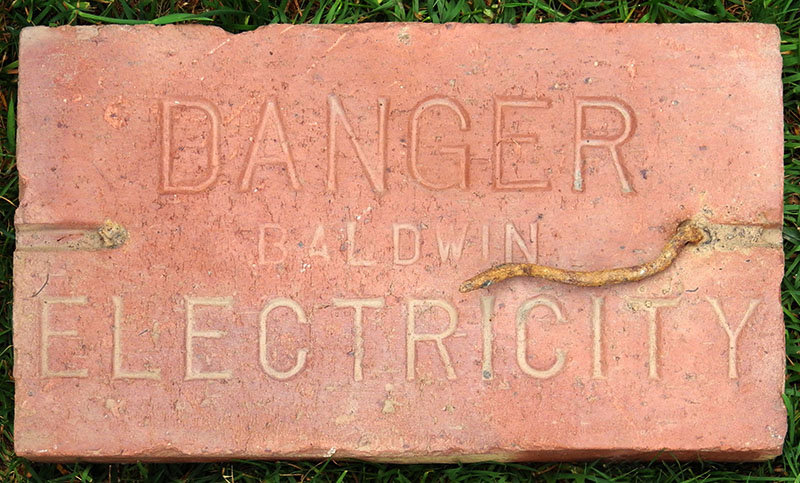
Photo by Alan Hulme.
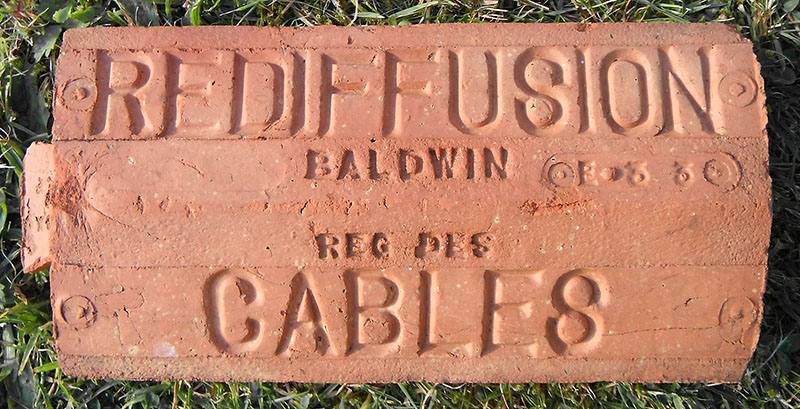
Photo by Ian Suddaby.
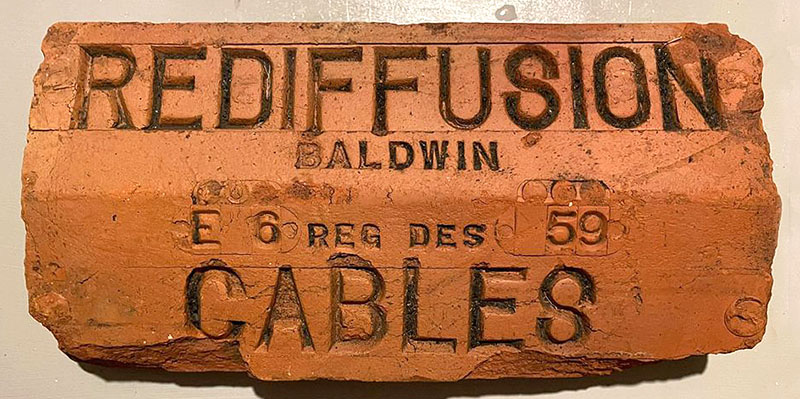
Photo by Anthony E Gray.
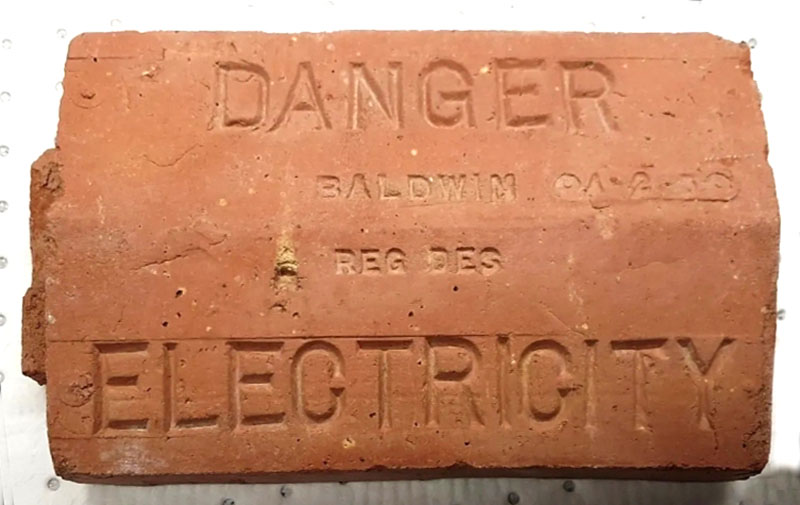
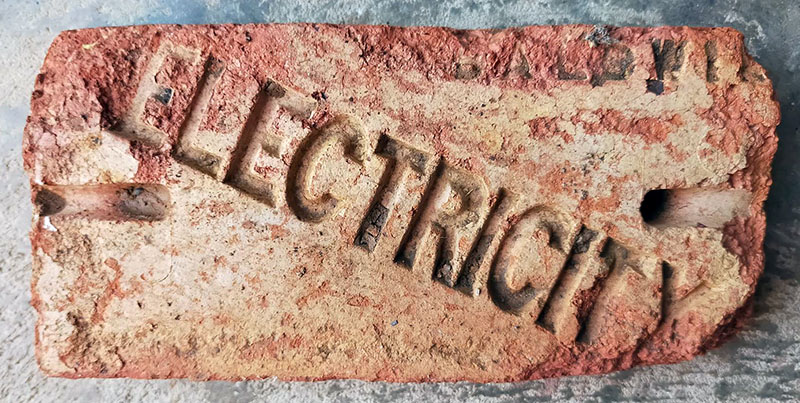
Photos by Andrew Morley.